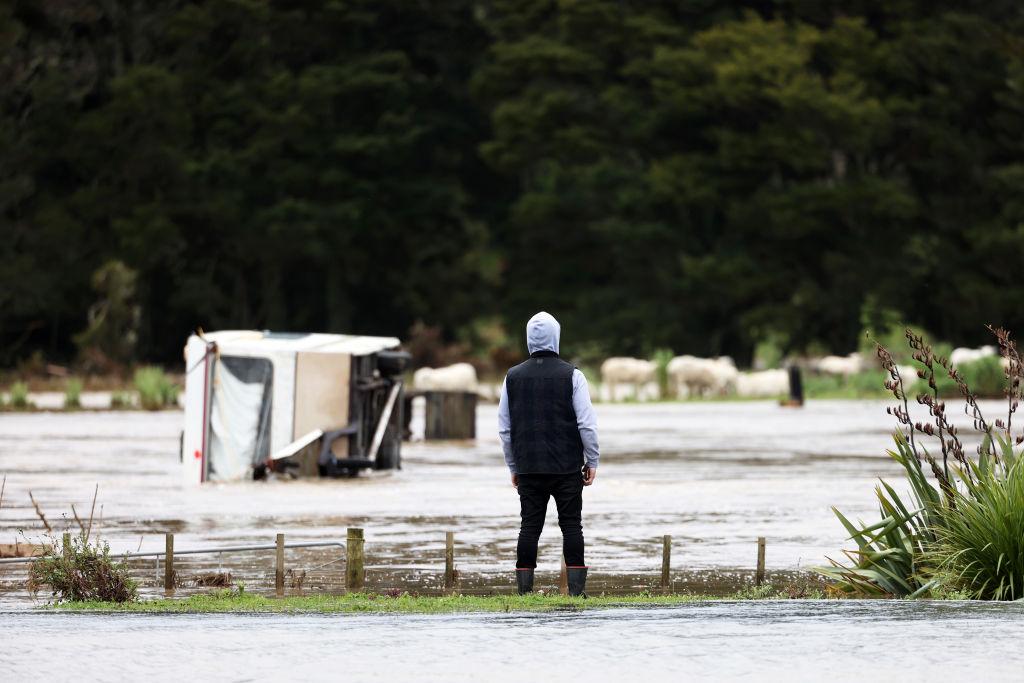Flash flooding in New Zealand’s largest city that has claimed four lives was the result of climate change, the prime minister said.
“Climate change is real, it’s with us, it’s having an impact on our weather,” new Prime Minister Chris Hipkins told 1News. “We are seeing more of these extreme weather events; we’re going to have to deal with more of these extreme weather events in the near future and we need to be prepared for that.”





